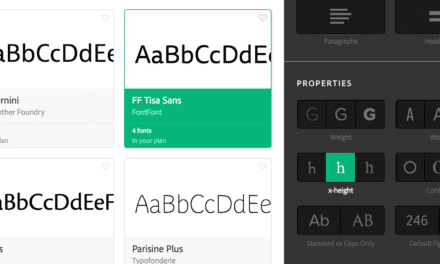ARTICLE SUMMARY: Let’s face it, when it comes to UX design, without good navigation users can feel like they are shoveling sand against the tide in an effort to achieve their goals.
Whether you’re buying, selling, or gathering information, the goal of good navigation is to enable the user to comfortably interact with confidence and a feeling of safety throughout their user experience.
“The Psychology of Effective Navigation Design” by Matthis Rousselle explores how cognitive load, mental models, and visual hierarchy shapes navigation design, and more importantly, how to use these insights to create a better user experiences. To help the designer he explains:
- The Role of Cognitive Load in Navigation Design
- Mental Models and Navigation Intuition
- The Psychology of Choice and Decision-Making
Poor navigation will lead to user frustration, user frustration leads to increased bounce rates, increased bounce rates lead to lower conversion rates, not good. But, probably one of the more serious problems with poor navigation is how a disorganized interface can make a product feel unreliable or unprofessional causing a decrease in trust. Once trust is broken engagement time is reduced further hurting the bottom line.
In conclusion Matthis Rousselle writes, “Effective navigation design is grounded in a deep understanding of how users think, perceive, and decide. Following these principles will result is an experience where users feel empowered, confident, and at ease finding what they need with minimal effort and maximum satisfaction.”
This is a great article for new and seasoned designers alike. Let us know what you think in the comments.




